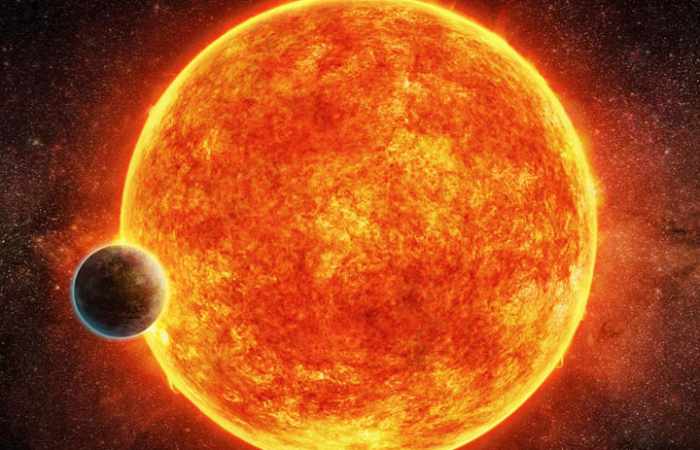Another Potentially Habitable ‘Super-Earth’ Is Discovered

Researchers at the Harvard-Smithsonian Center for Astrophysics (CfA) have announced the discovery of a new super-Earth, designated LHS 1140b, orbiting the habitable zone of a small red dwarf star, LHS 1140, about 39 light-years away. (It’s 4.2 light-years from our sun to the nearest star, Proxima Centauri.)
“This is the most exciting exoplanet I’ve seen in the past decade,” Jason Dittmann, a postdoctoral fellow, said in a CfA statement. “We could hardly hope for a better target to perform one of the biggest quests in science ― searching for evidence of life beyond Earth.”
Dittmann is the lead author of a paper appearing in Thursday’s issue of the journal Nature, which states:
Here we report observations of LHS 1140b. We measure the mass of the planet to be 6.6 times that of Earth, consistent with a rocky bulk composition, placing it within the liquid-water, habitable zone. Because LHS 1140 is nearby, telescopes currently under construction might be able to search for specific atmospheric gases in the future.
LHS 1140b was found by the transit method, in which a star’s light dims when a planet crosses, or transits, in front of it as seen by Earth-bound instruments. The research team estimates the planet is about 11,000 miles in diameter.
The MEarth-South telescope array in Chile detected LHS 1140b. The eight-telescope lineup studies faint red dwarf stars to detect orbiting planets as they transit their stars.
The MEarth-South telescope array in Chile, which discovered the super-Earth LHS 1140b.
“Right now, we’re just making educated guesses about the content of this planet’s atmosphere,” said Dittmann. “Future observations might enable us to detect the atmosphere of a potentially habitable planet for the first time. We plan to search for water and, ultimately, molecular oxygen.”
With thousands of planets now confirmed, each day we get a little closer to that futuristic “Star Trek” mission credo “to explore strange new worlds, to seek out new life and new civilizations. To boldly go where no one has gone before.”















































